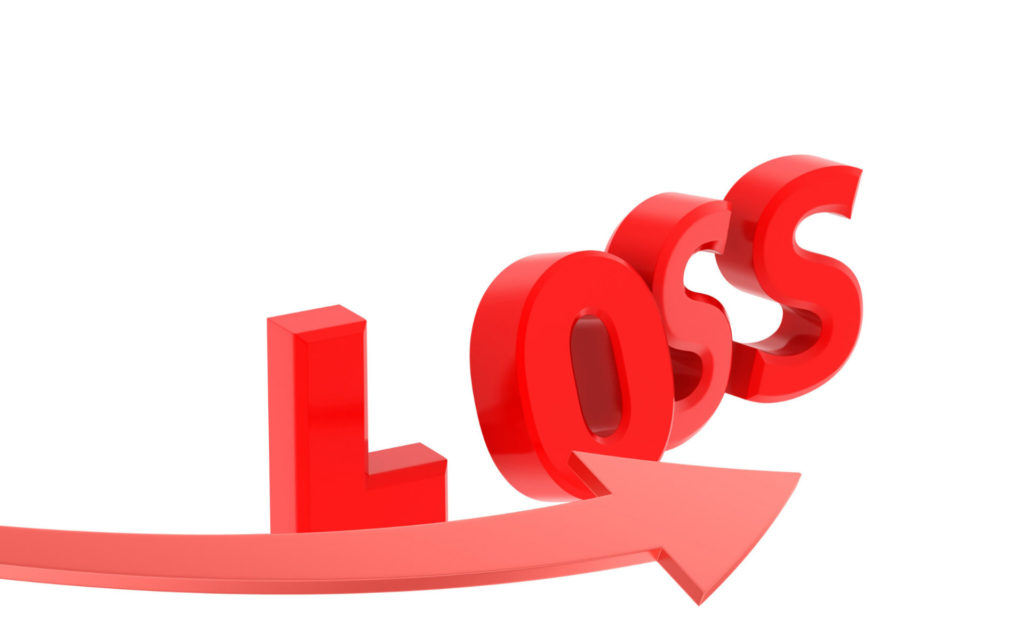When it comes to your sales process, the old adage that “something is better than nothing” doesn’t quite cut the mustard. In fact, an ineffective sales process causes just as many problems as a non-existent sales process.
In many ways, it’s better to have no process at all than one that doesn’t serve your interests.
So the real question is: how can you tell whether your process is good enough? Here are five key signs that yours is ineffective.
1. It’s not formalised
When we ask businesses if they have a sales process in place, most of them say yes. Yet when we dig a little deeper, we soon find out that their definition of a sales process doesn’t quite meet ours.
We define a sales process as: “A specific system that guides and measures in well-defined steps the progress of selling, from initial contact through to final decision, and into account management and beyond.”
In other words, a set of clearly defined, company-wide standards. If your sales process doesn’t fit this definition, then it probably needs some work. There’s a huge difference between a set of optional sales guidelines and a formalised sales process.
2. It’s not enforced
Your sales process is only effective if it’s enforced throughout your entire organisation. It’s very common for businesses to develop a sales process, only for it to get filed away somewhere and forgotten about. Or, perhaps some employees to follow it religiously while others ignore it completely.
It’s up to you to enforce the sales process and hold people accountable for their actions. The process should serve as a point of reference for your team, helping them to stay on track and develop a consistent approach to sales. Although enforcing it might be difficult at first, in time your employees are bound to see it as a useful resource, as opposed to a restriction.
3. It’s too long
Following the sales process should be second nature for you and your team. If it’s too long and complicated, people will likely forget key elements.
A good way to test this is to randomly ask your employees to recite all the major stages. If there’s 20 stages, this will require a superhuman effort! However if there’s only 4-6 stages, most people should be able to retain this information with ease.
4. It’s not customised to your organisation
Every organisation is unique. Your sales process should reflect your organisation’s individuality; there’s no ‘one-size-fits-all’ solution. What works for one company might not work for another.
The best way to customise your sales process is to test, test, and test again. Keep experimenting with different versions until you can settle on a process that works best for your organisation. We understand that this can take time, which is why we work closely with our clients throughout the process development phase. We can help them reach a conclusion much faster than if they were testing their process on their own.
5. It’s not referenced during coaching sessions
Developing a sales process is just one half of the equation. In order for it to be effective, you need to use the process as a benchmark for success. When coaching your sales staff, the first thing you should do is check whether they are following the sales process. Often performance issues can be traced back to missed steps or shortcuts.
Many of our clients report that having a sales process makes them better leaders because it adds an extra layer of consistency to coaching sessions. It takes a lot of the guesswork out of measuring staff performance; it shines a light on exactly where people are going wrong, and more importantly, provides tangible solutions moving forward.









